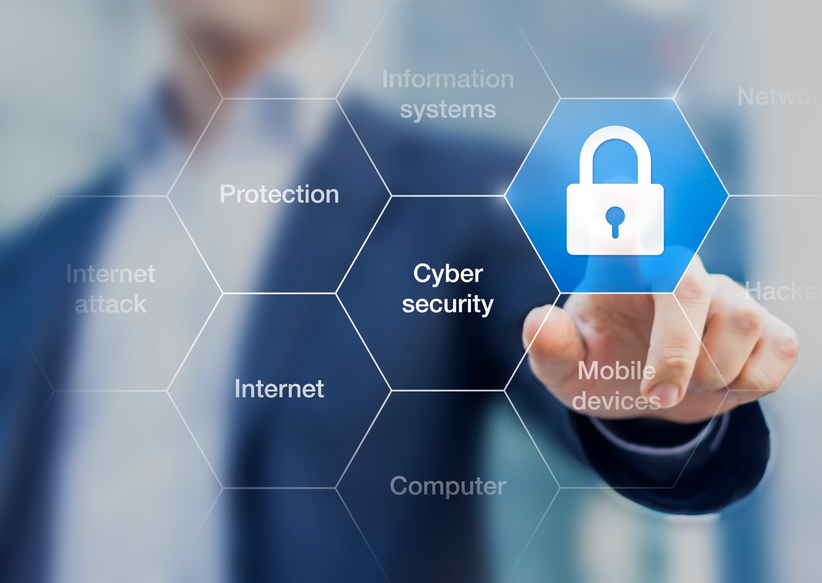Best Practices
Overview
Cyberspace is particularly difficult to secure due to a number of factors: the ability of malicious actors to operate from anywhere in the world, the linkages between cyberspace and physical systems, and the difficulty of reducing vulnerabilities and consequences in complex cyber networks. Implementing safe cybersecurity best practices is important for individuals as well as organizations of all sizes. Using strong passwords, updating your software, thinking before you click on suspicious links, and turning on multi-factor authentication are the basics of what we call “cyber hygiene” and will drastically improve your online safety
Strong and Unique Passwords: Use complex passwords consisting of a combination of letters, numbers, and special characters. Avoid using easily guessable information such as your name or birthdate. Additionally, use a unique password for each online account.
Two-Factor Authentication (2FA): Enable 2FA whenever possible. This adds an extra layer of security by requiring a second verification step, such as a code sent to your mobile device, in addition to your password.
Regular Software Updates: Keep your operating system, applications, and security software up to date. Updates often include patches for known vulnerabilities, so staying current is crucial for maintaining security.
Use Antivirus and Anti-Malware Software: Install reputable antivirus and anti-malware software on your devices. Regularly update and scan your systems to detect and remove any malicious software
Be Cautious with Email: Exercise caution when opening email attachments or clicking on links, particularly from unknown sources. Be wary of phishing emails that attempt to trick you into revealing sensitive information. Verify the authenticity of the sender before responding to any requests.
Secure Wi-Fi Networks: Ensure your Wi-Fi network is protected with a strong, unique password. Use encryption (e.g., WPA2 or WPA3) to secure your wireless communications.
Regular Data Backup: Backup your important data regularly to an external hard drive, cloud storage, or offline storage. This helps mitigate the impact of ransomware attacks or hardware failures.
Limit Access and Use Privileges: Implement the principle of least privilege, granting users only the minimum access necessary to perform their tasks. Regularly review and revoke unnecessary privileges.
Employee Education and Training: Educate employees about cybersecurity best practices and common threats, such as social engineering and phishing. Conduct regular training sessions to ensure everyone understands their roles and responsibilities in maintaining security.

Some prevalent threats
Ransomware Attacks: Ransomware encrypts victims’ data and demands a ransom in exchange for decryption. These attacks have become more sophisticated, targeting both individuals and organizations.
Phishing and Social Engineering: Phishing emails and other social engineering techniques trick users into revealing sensitive information or performing actions that compromise security. These attacks often exploit psychological manipulation to deceive victims.
Malware and Advanced Persistent Threats (APTs): Malware, including spyware, adware, and trojans, can compromise systems and steal data. APTs are long-term targeted attacks by well-funded and highly skilled adversaries.
Internet of Things (IoT) Vulnerabilities: With the increasing number of IoT devices, security vulnerabilities have emerged. Weak default passwords, unpatched firmware, and lack of encryption can leave IoT devices susceptible to attacks
Cloud Security Risks: As more data and services move to the cloud, securing cloud environments becomes crucial. Misconfigured settings, inadequate access controls, and insider threats pose risks to cloud infrastructure and data.
Supply Chain Attacks: Attackers target software supply chains to compromise systems indirectly. By targeting vendors and injecting malicious code into software updates, they gain access to a wider range of targets
